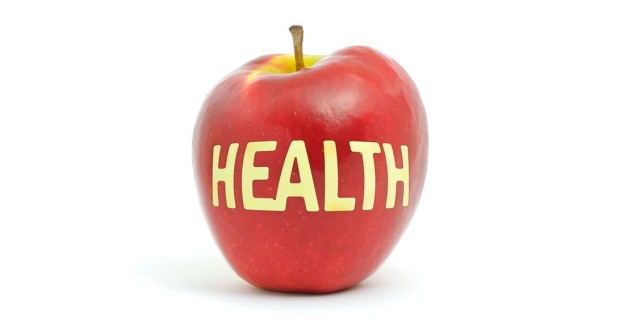Quick question – do you know how many calories you consume each day? You’re hardly alone if you don’t know; many people would be hard pressed to give an accurate answer. Unfortunately, this isn’t a problem that can be taken lightly, as excessive calorie intake is largely responsible for America’s weight problem. By closely scrutinizing what you put on your plate, you can get a better grip on both your weight and overall health.
Some Reasons Why We Overeat
There are a few common reasons why people to consume more calories than their body needs. For starters, many shoppers don’t pay close enough attention to the nutrition labels on food packaging. When reviewing a product’s fat, sodium and sugar content, people often forget one very piece of information – the serving size.
Take, for instance, a bag of chips with 14 percent daily value (DV) of fat, 9% DV of saturated fat and 140 calories per serving. These figures may not seem all that troubling, until you look at the number of serving sizes the bag actually holds. Many large bags of chips have roughly a dozen or so servings. Assuming that the aforementioned bag of chips had twelve servings, eating a third of the bag’s contents would net you about 42% DV of fat, 27% DV of saturated fat and 420 calories.
Another problem is that Americans snack a lot more between meals than we used to. Consider that in 1970, the typical adult in the United States consumed 2,057 calories each day. By 2008, this figure had swelled by 30 percent to 2,674 calories. One of the forces driving this trend is increased snacking; a 2011 study reported that from 1977 to 2006, the average number of daily snacks eaten by Americans jumped from 3.8 to 4.9, representing an increase of 29 percent.
Then there is the issue of portion size. According to the Centers for Disease Control and Prevention (CDC), popular offerings at US restaurants have grown dramatically since the 1950s. During this decade, the typical restaurant meal would feature a 7 ounce soda, a 3.9 ounce hamburger and a 2.4 ounce side of French fries. By the late 2000s, a serving of French fries had increased to 6.7 ounces, the average hamburger grew to 12 ounces and the standard soda ballooned to an enormous 42 ounces.
Fixing the Problem
There are numerous ways to keep your calorie intake at a reasonable level. Some obvious steps would be to carefully review serving size data and to limit snacking between meals. When eating out, it may be helpful to use certain objects as barometer for controlling portion size. For example, both a deck of cards and the palm of your hand are similar in size to a three ounce serving of meat. If you need to envision a half cup of pasta or rice, simply think of half of a normal-sized baseball. This tactic can also be applied to condiments; a postage stamp takes up about as much space as a teaspoon of butter or margarine.
Another way to reduce restaurant meals portions (and their accompanying calories) is to order from the kid’s menu. Though you’re no longer a kid, the items on these menus are much smaller in size that what adults typically order. Alternatively, you could simply refrain from eating your entire meal, and instead bring the leftover food home for later.
Cutting Calories Out of Your Diet
As many people have found out the hard way, the calories from various snack items can add up fairly quickly. Avoiding snacking, however, is often easier said than done, especially considering the long gaps between the day’s main meals.
Instead of fasting until lunch or dinnertime rolls around, try to replace unhealthy snacks with healthier alternatives. For example, a flavored latte (about 250 calories) can be swapped for black coffee (approximately zero calories). Additionally, calorie-heavy foods like pizza slices (roughly 285 calories in a 14” pizza) could be replaced with an apple or a banana (about 95 and 105 calories, respectively). Some other calorie-reducing substitutions are shown below; the exact number of calories can vary based on brand:
| Item | Replacement |
| Whole Milk – 146 calories in one cup | Skim Milk – 86 calories in one cup |
| Chocolate Chip Cookies – 210 calories in 4 cookies | Greek Yogurt (non-fat) – 100 calories in one container |
| Potato Chips – 160 calories in 1 small bag | Carrot Sticks – 25 calories per each raw, medium-sized (61g) carrot |
| Doughnuts – Varies based on type and brand; many doughnuts contain 200 to 300 calories | Orange – 87 calories in one large orange |
| Soda (Cola) – 140 Calories in one 12 oz can | Green Tea (made from tea bags) – Zero calories |
 Natural Knowledge 24/7 Educate yourself with nutrition, health and fitness knowledge.
Natural Knowledge 24/7 Educate yourself with nutrition, health and fitness knowledge.






